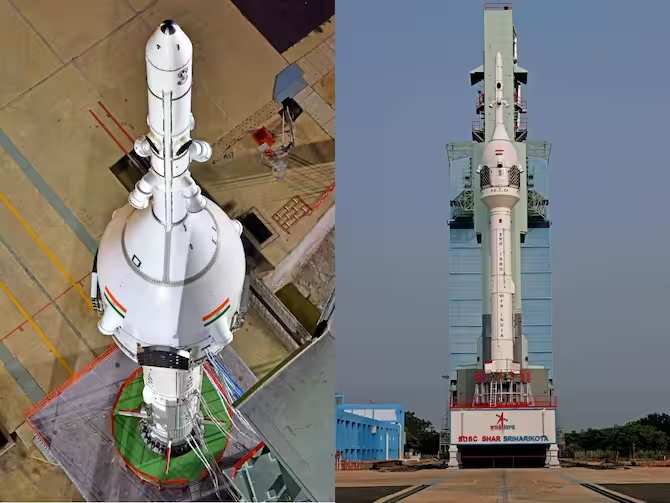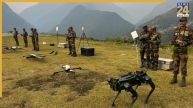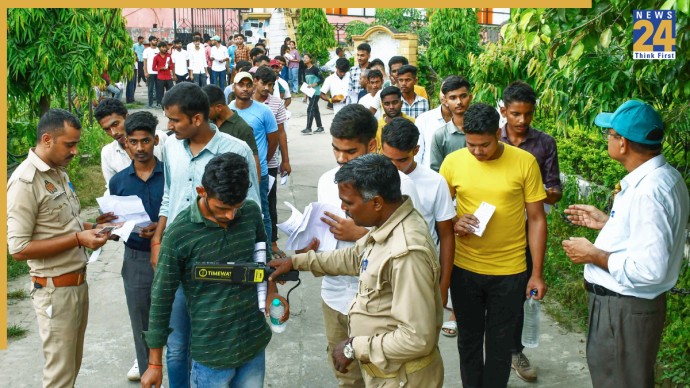The Indian Space Research Organisation (ISRO) had to abort the development test flight for the Gaganyaan Mission just moments before liftoff due to an anomaly.
In a last-minute decision, the computer in charge of the launch called off the mission with just five seconds left on the countdown clock. ISRO stated that a thorough review would be conducted to identify and rectify the anomaly.
ISRO’s Chief, S Somnath, explained that something triggered the computer to halt the launch, and a manual analysis would be carried out to understand the issue.
Take a look:
The day had seen delays due to adverse weather conditions at the Satish Dhawan Space Centre, but everything seemed to progress smoothly as the automatic launch sequence commenced, with the onboard computer taking control of the mission.
During the live stream, S Somnath reassured that the engine ignition had not occurred as expected, emphasizing the safety of the vehicle.
The test flight involved a liquid-propelled single-stage Test Vehicle (TV-D1) and aimed to carry a crucial homegrown system designed for the safety of Indian astronauts – the Crew Escape System.
This test was intended to validate the motors to be used during the mission, including low-altitude motors, high-altitude motors, and jettisoning motors meant for safely ejecting astronauts away from the vehicle in the event of an emergency.
The Crew Escape System’s role is to jettison the Crew Module, along with astronauts inside, to a safe distance away from the rocket if the computer detects a critical issue. The Crew Module would then separate and splash down in the sea with the assistance of parachutes.
This escape system takes inspiration from models used on NASA and SpaceX rockets, forming part of contingency plans when launching astronauts into space.
Also Read: 2 Americans Released From Hamas Captivity, US President Joe Biden Affirms Support Through Recovery













